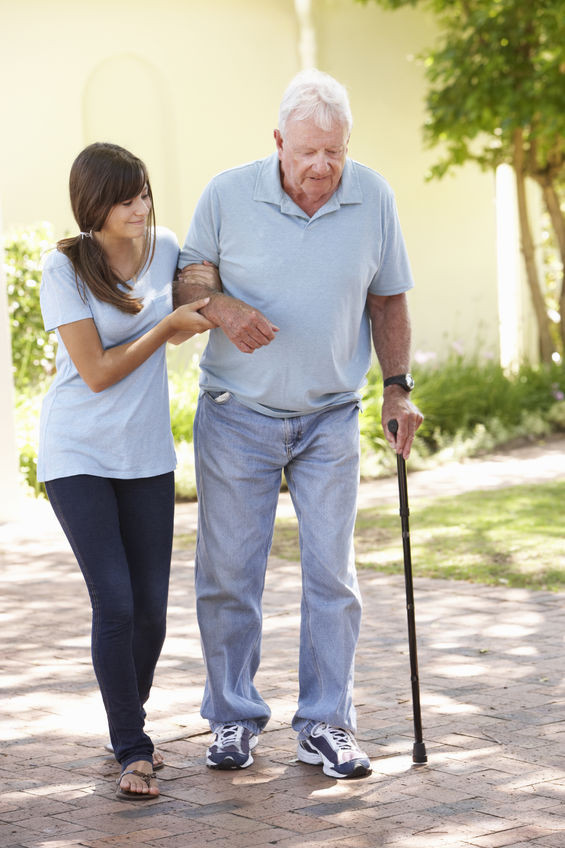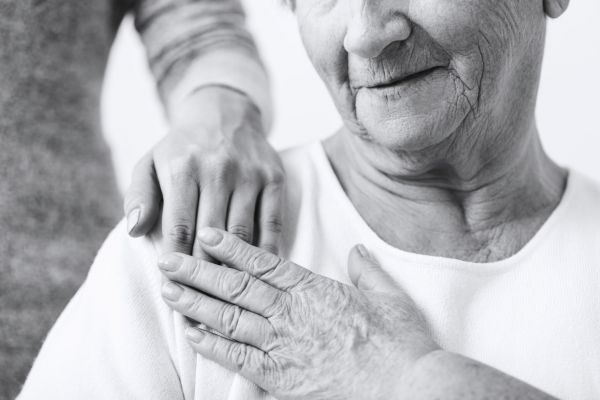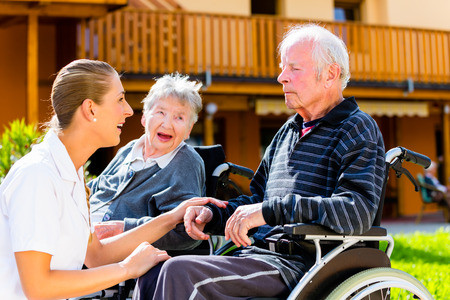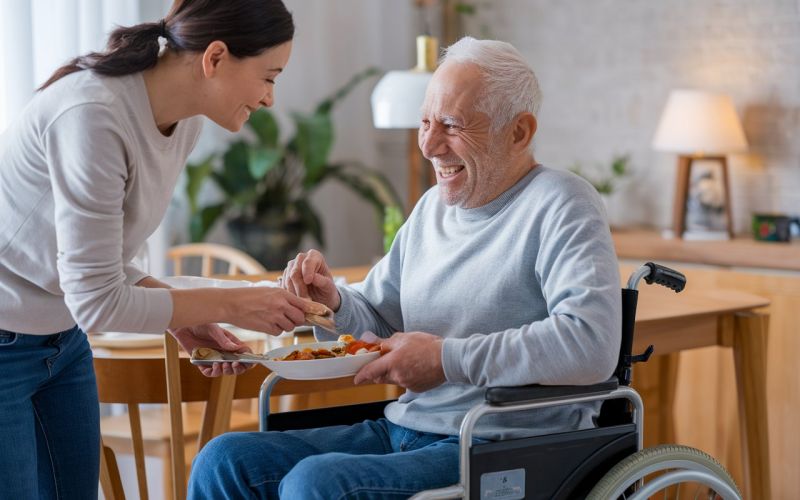Handling Your Patient Safely
The iSavta Team | 13.11.2019

If you attempt to move your patient incorrectly, you may injure yourself-Particularly your back- or aggravate your relative’s condition. These risks can be avoided if you follow the correct procedures for moving and handling a person. The techniques that is most appropriate for you and your patient should be demonstrated to you by a healthcare professional.
Preparing To Move Someone
If part of your patient’s daily care involves moving him, always make sure that you are fully prepared for the task.
The Move – is there anyone who can help you to move your relative?
You – have you been shown how to carry out the move? Are you wearing anything unsuitable – such as high-heeled shoes – which may be dangerous?
Your Patient – Is your relative mobile enough to help with part of the procedure; is he able to move himself to the edge of a chair, for example?
Safety – Have you got enough space to carry out the procedure safely? Are you attempting any procedures that have not been fully explained to you?
Safety Guidelines
Back strain is one of the most common injuries sustained in the process of moving a person. To prevent this, try to get someone else to help you, and make sure that you;
- Do not move him if it is absolutely necessary;
- Reassure the person and tell him what you plan to do;
- Explain the task to any helpers and elect one person to give clear instructions;
- Apply the proper techniques that will allow you t use your legs and body weight to provide the power for the move, and so avoid straining your back and arms;
- Straighten your back when moving the person, and bend your knees, where necessary;
- Only use equipment or moving and handling aids if their use has been fully demonstrated to you.
Getting Specialist Help
If you must move your patient regularly, you need specialist help. If you care for your patient by yourself, it is especially important that you seek advice, as risk of injury to yourself (particularly back strain), or to your patient is increased.
Talking to a professional – The healthcare professional or community nurse or social home care service can arrange for a specialist, such as a psychotherapist or an occupational therapist to assess your situation and show you the correct procedures for moving your patient.
Using Equipment – If your relative needs a high level of assistance – if he has to be helped into a bed or a bath regularly, for example – you should be shown how to use specialist equipment, such as hoist. You should also be shown how to maintain it.












